The Origins
William G. Morgan (1870-1942), who was born in the State of New York, has gone down in history as the inventor of the game of volleyball, to which he originally gave the name “Mintonette”.
The young Morgan carried out his undergraduate studies at the Springfield College of the YMCA (Young Men’s Christian Association) where he met James Naismith who, in 1891, had invented basketball. After graduating, Morgan spent his first year at the Auburn (Maine) YMCA after which, during the summer of 1895, he moved to the YMCA at Holyoke (Massachusetts) where he became director of physical education. In this role he had the opportunity to establish, develop and direct a vast programme of exercises and sport classes for male adults.
His leadership was enthusiastically accepted, and his classes grew in numbers. He came to realise that he needed a certain type of competitive recreational game in order to vary his programme. Basketball, a sport that was beginning to develop, seemed to suit young people, but it was necessary to find a less violent and less intense alternative for the older members.
At that time Morgan knew of no similar game to volleyball which could guide him; he developed it from his own sports training methods and his practical experience in the YMCA gymnasium. Describing his first experiments he said, “In search of an appropriate game, tennis occurred to me, but this required rackets, balls, a net and other equipment, so it was eliminated, but the idea of a net seemed a good one. We raised it to a height of about 6 feet, 6 inches (1.98 metres) from the ground, just above the head of an average man. We needed a ball and among those we tried was a basketball bladder, but this was too light and too slow. We therefore tried the basketball itself, which was too big and too heavy.”
In the end, Morgan asked the firm of A.G. Spalding & Bros. to make a ball, which they did at their factory near Chicopee, in Massachusetts. The result was satisfactory: the ball was leather-covered, with a rubber inner tube, its circumference was not less than 25 and not more than 27 inches (63.5 cm and 68.6 cm, respectively), and its weight not less than 9 and not more than 12 ounces (252 gr and 336 gr, respectively).
Morgan asked two of his friends from Holyoke, Dr. Frank Wood and John Lynch, to draw up (based on his suggestions) the basic concepts of the game together with the first 10 rules.
Early in 1896 a conference was organized at the YMCA College in Springfield, bringing together all the YMCA Directors of Physical Education. Dr. Luther Halsey Gulick, director of the professional physical education training school (and also executive director of the department of physical education of the International Committee of YMCA’s) invited Morgan to make a demonstration of his game in the new college stadium. Morgan took two teams, each made up of five men (and some loyal fans) to Springfield, where the demonstration was made before the conference delegates in the east gymnasium. The captain of one of the teams was J.J. Curran and of the other John Lynch who were respectively, mayor and chief of the fire brigade of Holyoke.
Morgan explained that the new game was designed for gymnasia or exercise halls, but could also be played in open air. An unlimited number of players could participate, the object of the game being to keep the ball in movement over a high net, from one side to the other.
After seeing the demonstration, and hearing the explanation of Morgan, Professor Alfred T. Halstead called attention to the action, or the act phase, of the ball’s flight, and proposed that the name “Mintonette” be replaced by “Volley Ball.” This name was accepted by Morgan and the conference. (It is interesting to note that the same name has survived over the years, with one slight alteration: in 1952, the Administrative Committee of the USVBA voted to spell the name with one word, “Volleyball”, but continued to use USVBA to signify United States Volleyball Association).
Morgan explained the rules and worked on them, then gave a hand-written copy to the conference of YMCA directors of physical education, as a guide for the use and development of the game. A committee was appointed to study the rules and produce suggestions for the game’s promotion and teaching.
A brief report on the new game and its rules was published in the July 1896 edition of “Physical Education” and the rules were included in the 1897 edition of the first official handbook of the North American YMCA Athletic League.
Worldwide Growth
The physical education directors of the YMCA, encouraged particularly by two professional schools of physical education, Springfield college in Massachusetts and George Williams College in Chicago (now at Downers Grove, Illinois), adopted volleyball in all its societies throughout the United States, Canada (in 1900 Canada became the first foreign country to adopt the game), and also in many other countries: Elwood S. Brown in the Philippines (1910), J. Howard Crocker in China, Franklin H. Brown in Japan (1908), Dr. J.H. Gray in Burma, in China and in India, and others in Mexico and South American, European and African countries.
By 1913 the development of volleyball on the Asian continent was assured as, in that year, the game was included in the programme of the first Far-Eastern Games, organized in Manila. It should be noted that, for a long time, Volleyball was played in Asia according to the “Brown” rules which, among other things, used 16 players (to enable a greater participation in matches).
An indication of the growth of volleyball in the United States is given in an article published in 1916 in the Spalding Volleyball Guide and written by Robert C. Cubbon. In that article Cubbon estimated that the number of players had reached a total of 200,000 people subdivided in the following way: in the YMCA (boys, young men, and older men) 70,000, in the YWCA (girls and women) 50,000, in schools (boys and girls) 25,000 and in colleges (young men) 10,000.
In 1916, the YMCA managed to induce the powerful National Collegiate Athletic Association (NCAA) to publish its rules and a series of articles, contributing to the rapid growth of volleyball among young college students. In 1918 the number of players per team was limited to six, and in 1922 the maximum number of authorized contacts with the ball was fixed at three.
Until the early 1930s volleyball was for the most part a game of leisure and recreation, and there were only a few international activities and competitions. There were different rules of the game in the various parts of the world; however, national championships were played in many countries (for instance, in Eastern Europe where the level of play had reached a remarkable standard).
Volleyball thus became more and more a competitive sport with high physical and technical performance.


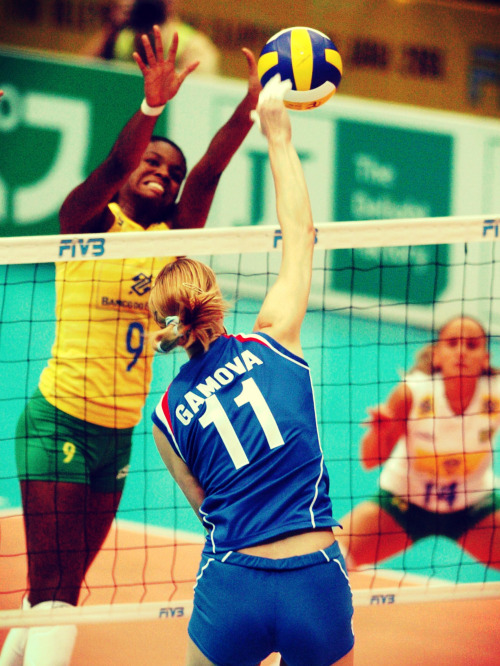
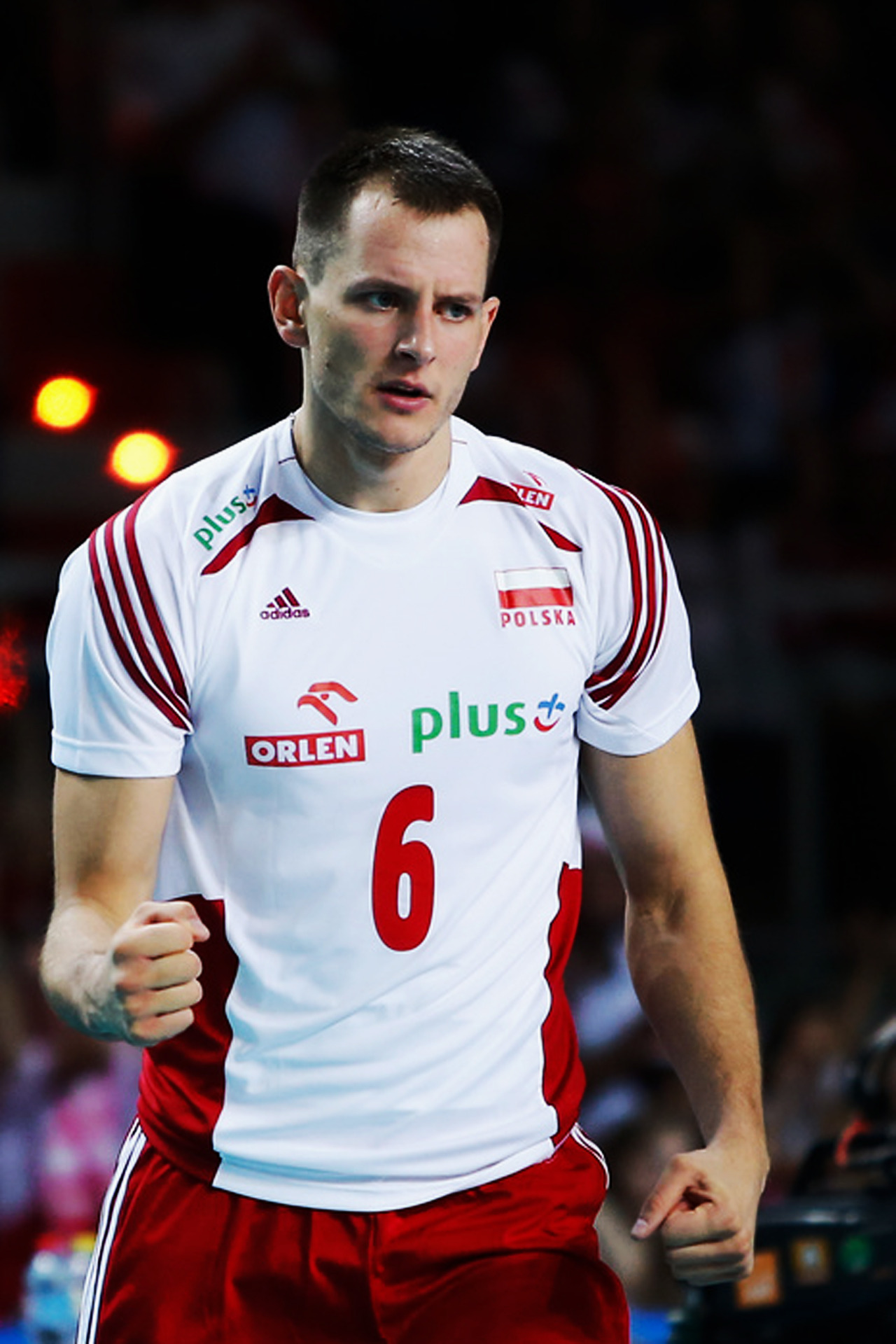
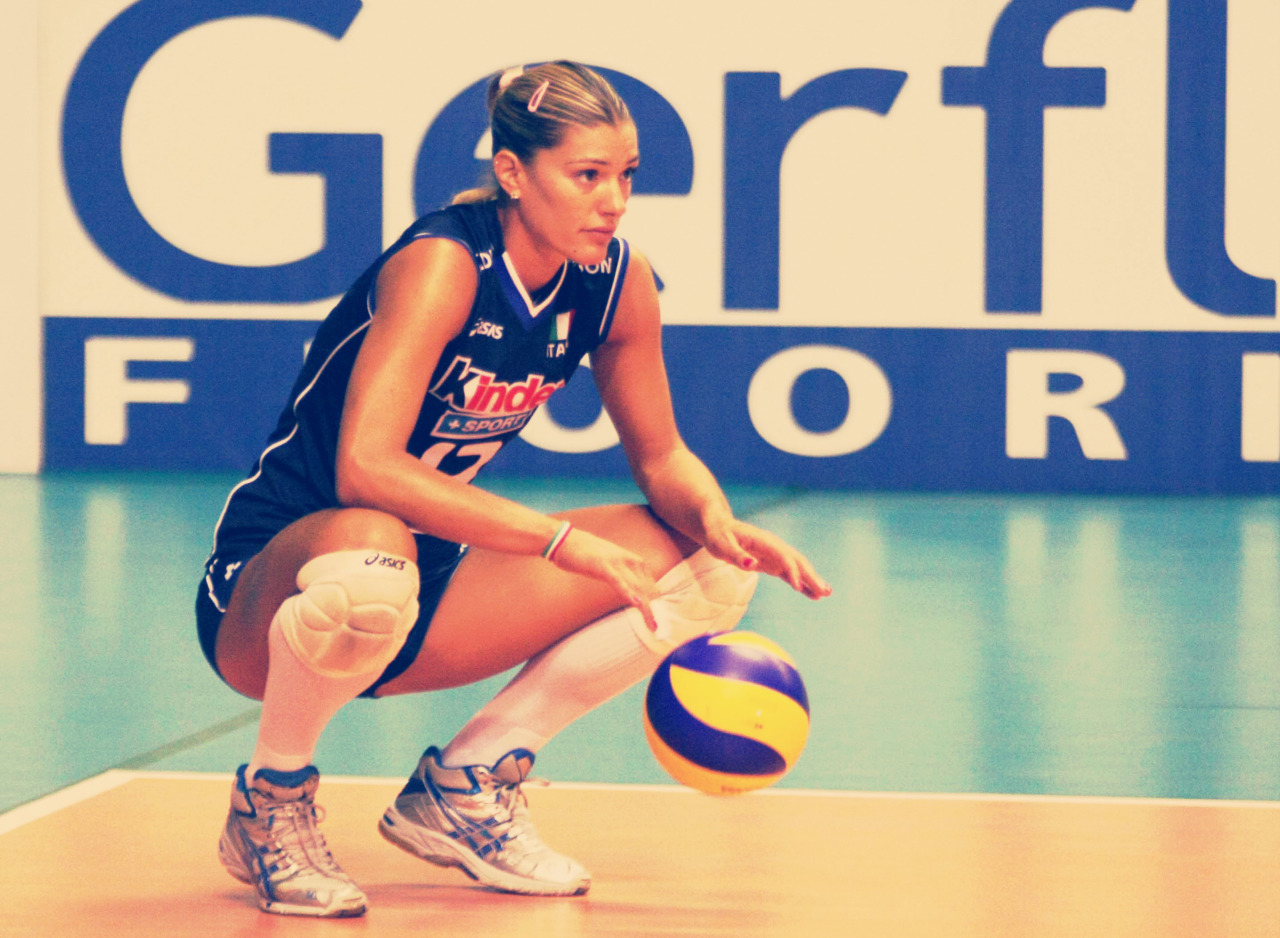
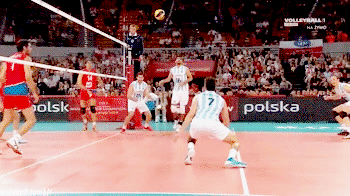
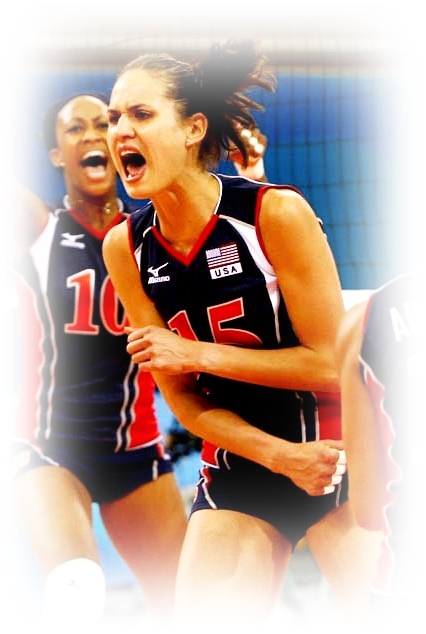
One Comment
Leave a ReplyOne Ping
Pingback: GLÜCKWUNSCH: 120 Jahre Volleyball | Marzahner Volleyball-Club e.V.